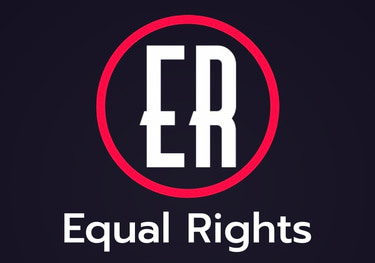Understanding Implicit Bias
: Unconscious Stereotypes & Their Impact on Equality
Kylo B
4/19/2024
Understanding Implicit Bias: Unconscious Stereotypes & Their Impact on Equality
Implicit bias refers to the attitudes or stereotypes that affect our understanding, actions, and decisions in an unconscious manner.
These biases are often rooted in societal norms, cultural conditioning, and personal experiences.
Despite being unintentional, implicit biases can significantly impact how individuals are perceived and treated, leading to inequalities in various aspects of life, including education, employment, healthcare, and interactions with law enforcement.
What is Implicit Bias?
Implicit biases are automatic and involuntary associations or attitudes that people hold about certain groups of people.
They can be positive or negative and are formed through exposure to societal messages and media representations.
Even individuals who consciously reject stereotypes can still harbor implicit biases due to the pervasive nature of societal conditioning.
Types of Implicit Bias
There are various types of implicit biases, including racial bias, gender bias, age bias, and more.
For example, racial biases can lead to assumptions about a person's behavior, intelligence, or capabilities based solely on their race or ethnicity.
Gender biases may influence perceptions of leadership abilities or competence in specific roles.
Understanding the Impact on Equality
Implicit biases can have profound effects on equality by influencing decision-making processes in subtle yet impactful ways.
In employment, individuals may be passed over for opportunities or promotions due to unconscious stereotypes held by hiring managers.
In education, teachers may unknowingly treat students differently based on perceived abilities or backgrounds, affecting academic outcomes.
Neuroscience of Implicit Bias
Research in neuroscience has revealed that implicit biases are rooted in the brain's automatic processing of information.
Functional magnetic resonance imaging (fMRI) studies have shown that certain brain regions associated with fear and emotion response can be activated when individuals are exposed to stimuli associated with specific groups, indicating a neural basis for bias.
Unconscious Bias in Everyday Life
Implicit biases manifest in everyday interactions, influencing how individuals are perceived and treated.
For instance, in healthcare settings, implicit biases can affect diagnosis and treatment decisions, leading to disparities in care for marginalized groups.
In law enforcement, biases can influence policing practices, contributing to racial profiling and disparities in the criminal justice system.
Strategies to Mitigate Implicit Bias
Recognizing and addressing implicit biases is essential to promoting equality and inclusivity.
Organizations can implement training programs focused on raising awareness of unconscious biases and providing tools to counteract them.
Techniques such as perspective-taking, stereotype replacement, and exposure to diverse perspectives can help individuals challenge their implicit biases and cultivate more equitable behaviors.
Understanding implicit bias is crucial for advancing efforts towards equality and social justice.
By acknowledging the existence and impact of unconscious stereotypes, individuals and organizations can take proactive steps to mitigate biases and promote fair treatment for all.
Through education, awareness, and collective action, we can work towards creating a more inclusive and equitable society where diversity is celebrated and everyone has the opportunity to thrive without discrimination.
